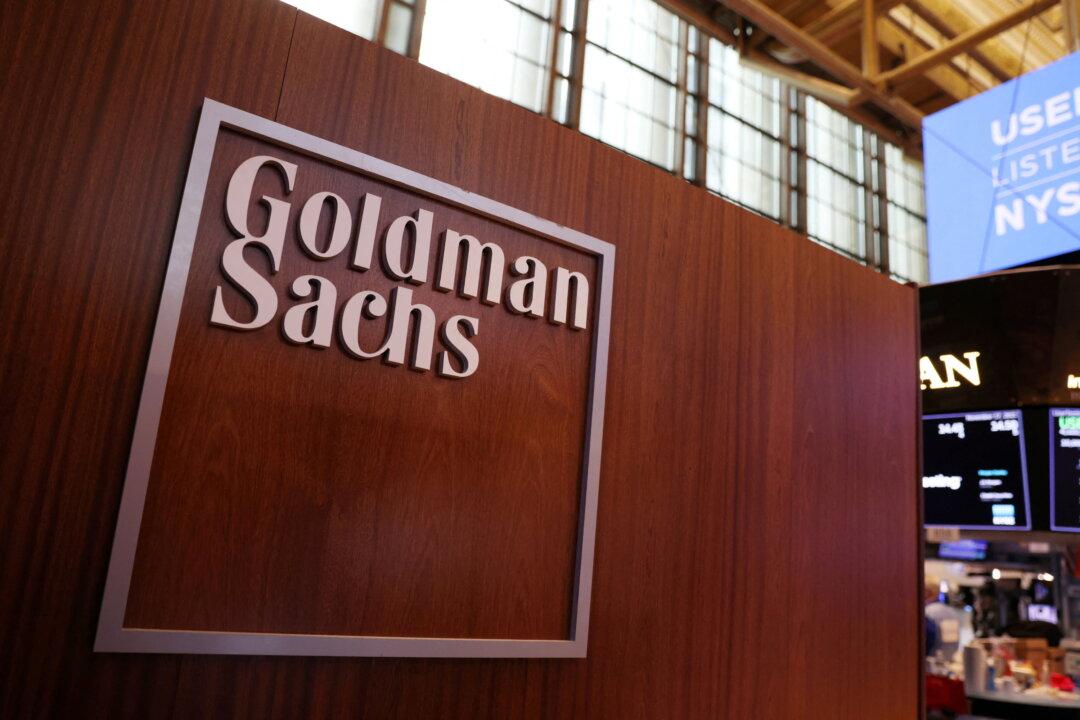Investment firm Goldman Sachs expects gas prices to fall sharply in Europe this winter, citing efforts by European Union countries to fend off shortages amid Russian cuts to gas.
In a new note to clients, Goldman Sachs analysts said European gas prices could drop by half within the next six months, owing to EU efforts to prevent shortages ahead of what is expected to be a colder than average winter.




